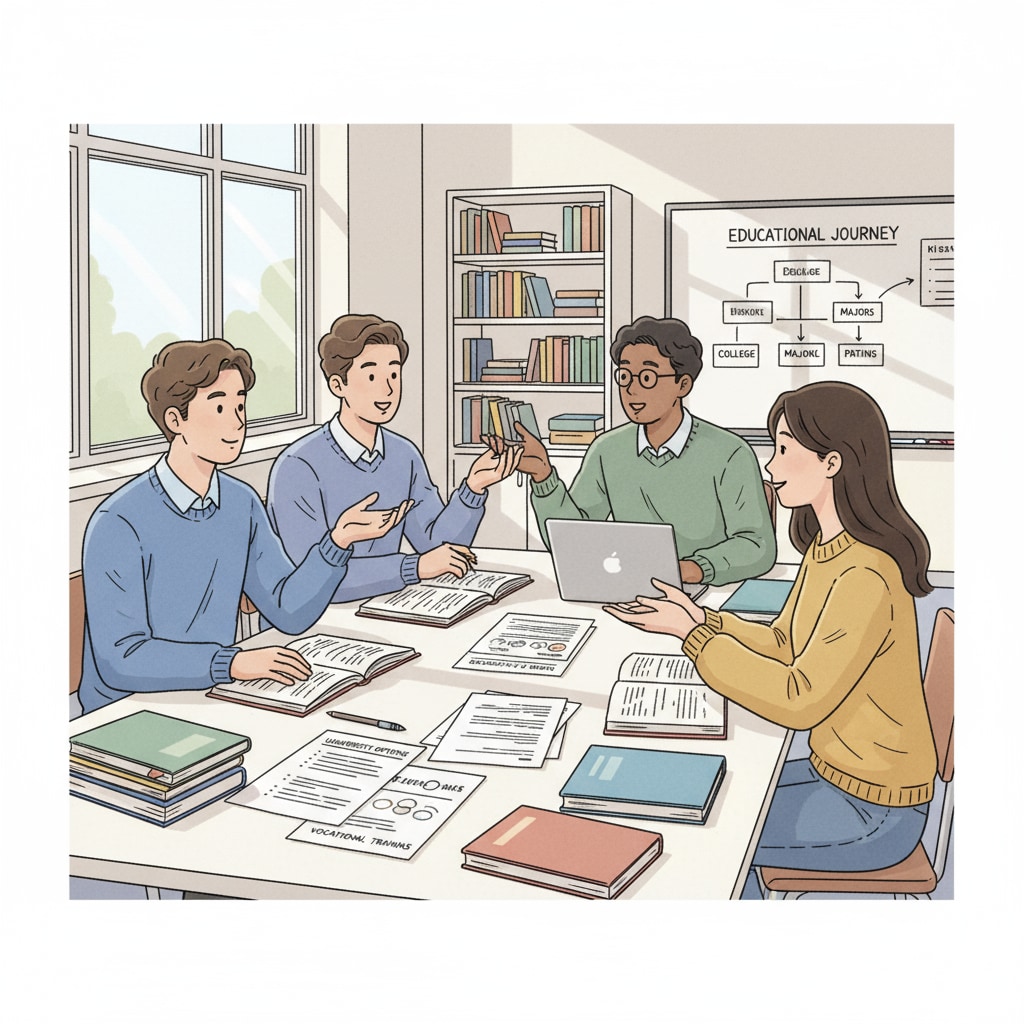Educational choices, computer science, and A-level courses are significant factors influencing young students’ futures. In the landscape of modern education, students in the K12 stage often find themselves at a crossroads, grappling with the decision between academic education and vocational training. This dilemma can have a profound impact on their long-term career prospects and personal growth.

The Crossroads of Academic and Vocational Education
During the K12 years, students are presented with two main educational routes: academic and vocational. Academic education, often associated with traditional A-level courses, is designed to prepare students for higher education at universities. It focuses on theoretical knowledge and academic skills, aiming to develop students’ critical thinking and research abilities. For example, in subjects like computer science, A-level courses provide in-depth knowledge of programming languages, algorithms, and data structures. A-level courses on Wikipedia
On the other hand, vocational education is more practical and job-oriented. It equips students with hands-on skills directly relevant to specific occupations. In the field of computer science, vocational training might include courses on software development, network maintenance, and cybersecurity, enabling students to enter the workforce more quickly.
A Student’s Reflection: From A-level to Vocational Training
Take, for instance, a 17-year-old student who initially chose A-level courses with a focus on computer science. After spending some time on this academic path, the student realized that the theoretical nature of A-levels did not fully align with their career aspirations. They were more interested in the practical application of computer science skills and decided to switch to vocational training.

This decision was not easy. The student had to grapple with the change in learning styles and the perception of their peers and family. However, through vocational training, they found a new sense of purpose. They were able to learn practical skills such as coding for real-world applications and troubleshooting software issues, which they felt were more directly applicable to their future career in the tech industry. Vocational education on Britannica
In hindsight, the student reflected on the importance of making an informed choice. They realized that while A-level courses offered a solid academic foundation, vocational training provided the practical skills needed to succeed in the job market. This experience highlights the complexity of educational choices and the need for students to carefully consider their interests, skills, and long-term goals.
Readability guidance: As seen, the decision between academic and vocational education is not straightforward. Students need to weigh various factors. We’ve used short paragraphs and clear examples to make this complex topic more understandable. Transition words like ‘however’ and ‘for instance’ help guide the reader through the discussion. Each H2 section provides a distinct aspect of the educational choice dilemma.


